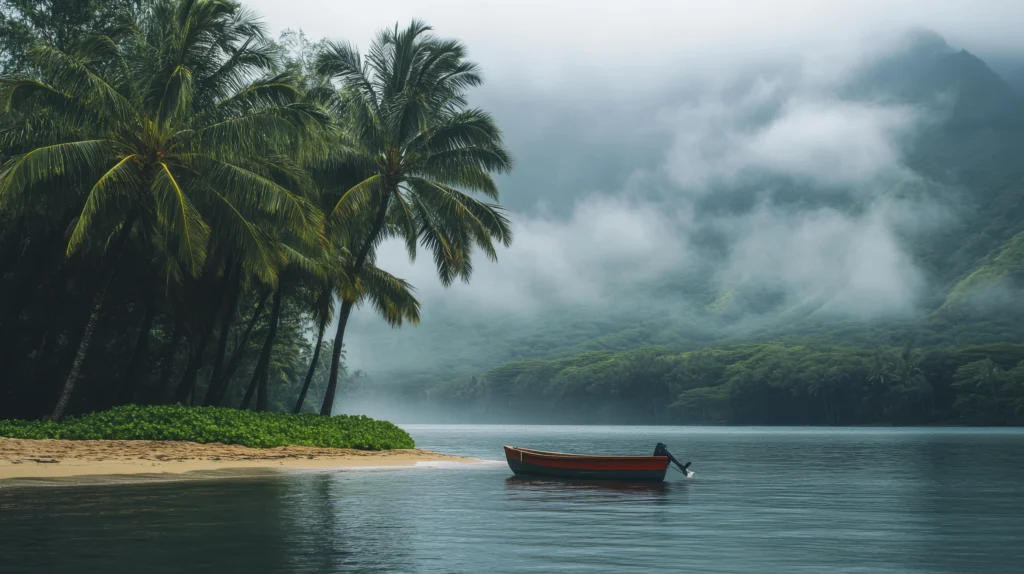The Republic of Bangladesh is a vibrant South Asian country defined by rivers, delta landscapes, and expanding infrastructure. From border entry points to internal transport corridors, having a reliable Bangladesh travel advisory map is vital for visitors, residents, and returning diaspora members.
This guide offers a clear breakdown of Bangladesh‘s regional travel zones, district-level mapping, and advisory systems that keep travelers informed and safe.

🗺️ Bangladesh Map Overview
The Bangladesh Map is more than a geographical outline — it represents administrative organization, cultural divisions, and accessibility networks.
Bangladesh is divided into 8 administrative divisions and 64 districts, each mapped for transport hubs, climate conditions, emergency services, and cultural norms. These maps are continuously updated to ensure accurate data for travelers and local governance.
✈️ Official Entry Routes and Border Coordination
Bangladesh has several international gateways by air, land, and sea.
- Airports: The Hazrat Shahjalal International Airport (Dhaka) is the country’s main hub.
- Land Routes: Major checkpoints include Benapole, Tamabil, and Burimari.
- Sea Ports: Chattogram and Mongla connect Bangladesh to global maritime trade.
Each point is clearly labeled on the Bangladesh Map, showing customs zones, inspection areas, and immigration facilities.
👉 Tip: Always check travel advisories before crossing borders, as seasonal floods, political events, or public holidays can affect travel schedules.
🏙️ Dhaka: The Central Urban Framework
Dhaka, the capital of Bangladesh, serves as the nation’s transportation hub.
Connected by national highways, rail lines, and the Dhaka Metro, this city is central to the map of map of Bangladesh. With one of the highest population densities in the world, route clarity and public transport updates are essential.
Travelers can track traffic advisories, road closures, or festival routes via Bangladesh News or official transport websites.
🚤 Waterways and Riverine Travel Routes
Bangladesh’s lifeblood lies in its river systems — the Padma, Meghna, and Jamuna. These waterways are crucial for cargo, passenger travel, and local livelihoods.
On the Bangladesh Map, each route highlights ferry terminals, tide stations, and safety checkpoints.
Regions like Barisal, Chandpur, and Khulna rely heavily on river transport. Travelers should always monitor weather bulletins during the monsoon season to avoid risky conditions.
🛣️ Regional Zoning and Accessibility
Accessibility varies from smooth urban expressways to rural trails.
- Urban Areas: Modern highways and bridges connect major cities.
- Rural Areas: Roads can be narrow or seasonal, often affected by floods or construction.
High-resolution maps mark health centers, educational institutions, and public service hubs, making it easier for travelers to plan safe and efficient journeys.
🎉 Cultural Observances and Travel Patterns
Cultural celebrations shape movement across During Eid, Durga Puja, Pohela Boishakh, and Victory Day, millions travel between cities and villages.
National News issues travel updates showing traffic diversions, public gathering points, and temporary road closures.
✅ Travel Tip: Plan your trip at least a week before major festivals to avoid congestion.
🌪️ Environmental and Emergency Routes
Bangladesh’s geographical position makes it vulnerable to floods, cyclones, and landslides.
Disaster management maps mark cyclone shelters, embankment routes, and evacuation roads. Coastal travelers should stay alert to weather advisories via local Bangladesh News outlets or the Disaster Management Bureau.
Maps also display safe routes, flood gates, and rescue zones to ensure safe travel during emergencies.
🚆 Rail Network and Intercity Mobility
boasts a nationwide rail grid connecting every division.
Key hubs include Dhaka, Chattogram, Rajshahi, and Sylhet. The Railway Map outlines freight routes, passenger trains, and cross-border links like the Maitree Express (Dhaka–Kolkata).
Rail schedules are updated regularly — travelers should book early during holiday seasons or exam periods.
🌍 Bangladesh Map for Diaspora & Local Travel
For Bangladeshi expatriates returning from countries like the UK, Malaysia, or the Middle East, updated maps help navigate routes from airports to villages in regions such as Sylhet, Rangpur, and Noakhali.
Digital maps and News portals provide real-time route suggestions and permit guidance, ensuring smooth travel experiences for returning families.
📱 Communication & Connectivity
Modern Maps now include mobile network coverage, Wi-Fi zones, and emergency contacts.
Urban areas enjoy strong connectivity, while remote villages may have limited signal strength.
Maps integrate telecom data, allowing travelers to identify weak zones, emergency hotlines, police stations, and health facilities for safer movement across the country.

🏖️ Tourist Destinations and Permit Areas
Tourism maps highlight eco-parks, heritage landmarks, and seaside resorts such as:
- 🐅 The Sundarbans Mangrove Forest
- 🏖️ Cox’s Bazar Beach
- ☕ Srimangal Tea Gardens
- 🏯 Mahasthangarh Historical Site
Some locations — especially protected wildlife zones — may require special permits. Updated Maps clearly distinguish open access areas from restricted zones.
📰 Real-Time News and Advisory Systems
To ensure safe and efficient travel, News networks and government portals deliver live updates about:
- Road blockages and ferry schedules
- Air quality and weather alerts
- Election or health restrictions
These updates integrate directly into smart maps and mobile travel apps, making Bangladesh’s travel network more responsive than ever.
✈️ Domestic Air Travel Routes
The domestic air network links major cities such as Dhaka, Chattogram, Barisal, Sylhet, and Saidpur.
Airport maps display baggage guidelines, check-in counters, and flight schedules. Emergency helipads and airstrips are also mapped for disaster relief and medical evacuation purposes.
🧳 Conclusion
Mapping Bangladesh is more than drawing borders — it’s about understanding how people move, live, and connect.
From Dhaka’s bustling highways to Khulna’s serene rivers, every route tells a story of resilience and development.
The Bangladesh Travel Advisory Map 2025 combines geography, technology, and culture to make travel safer and more informed for everyone — whether you’re a tourist, researcher, or returning expatriate.

